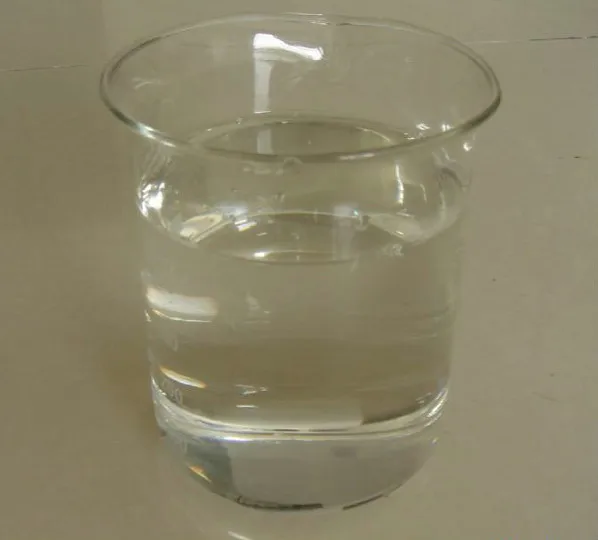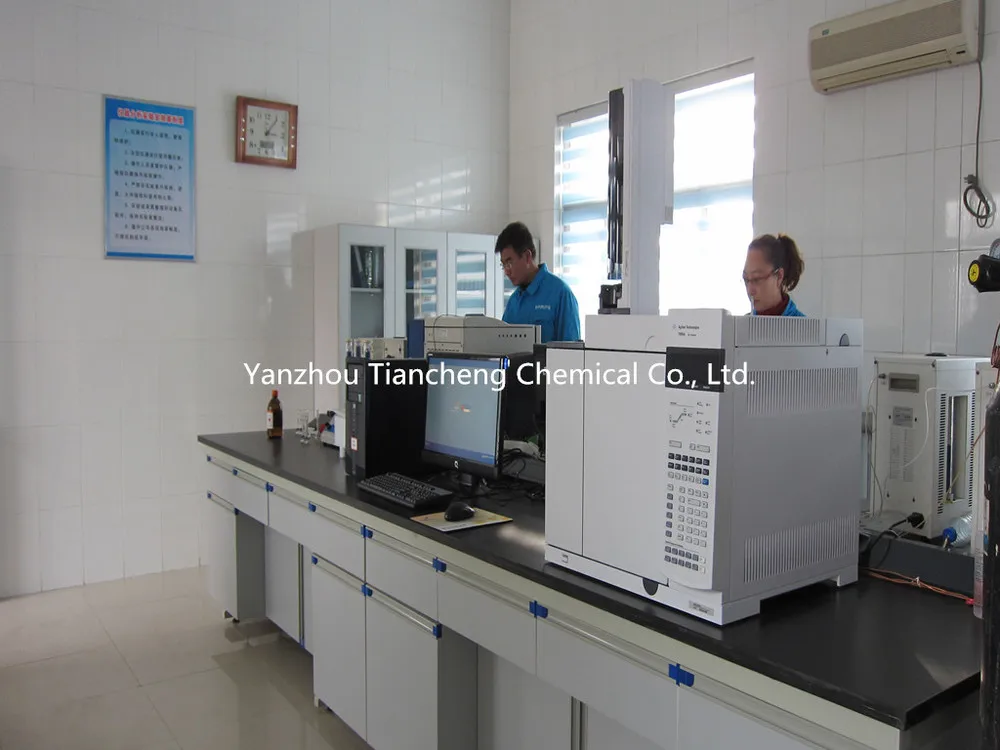I. Introduction
Cationic fixing agent is polyelectrolyte, consists of a series of organic synthesis with low molecular weight and strong cationic, which is generally 100% cationic. Product character is aqueous solution.
II. Performance Indicators:
1. Appearance: colorless to pale yellow viscous liquid
2. Solid content: ≥ 50%
3. PH: 2 ~ 6
4. Viscosity: 50 ~ 200 mpa.s
III. Application Field
Used in paper pulp as a cationic fixing agent. Usually the slurry contains colloidal particles consisted of fiber materials, additives and water, which are with anionic charge and interfere the papermaking process, so it is also known as anionic trash; the interference is mainly in the following aspects:
1. Influence wet chemical additives` normal function, especially for cationic retention and drainage aids, sizing agent; or cause to increase the amount of wet chemical additives;
2. Deposits in the paper machine system; interfere the efficient papermaking process.
3. COD discharge of sewage systems, increasing the load on the sewage treatment plant. Recommended for use in mechanical pulp, chemi-mechanical pulp, and secondary fiber pulp slurry and coating waste stuff. Anionic trash neutralized by fixing agent can be bonded to the fibers so as to be taken away by paper sheets.
IV. Methods of Application
Adding methods: excellent water-solubility; can spread out in water instantly. Dosing pump is generally used to drive it into a static mixer or a mixing pump , mixed with water, diluted to about 0.2% of the dissolved solution, and then into the slurry system.
Adding point: the general adding point is in the front of flow system, that is, before the machine chest or fan pump; or add in the pulp plant. Which is taken into consideration for the reaction time of the cationic fixing agent polymer molecules and garbage, also need to time and space for other wet end additives. According to the slurry source, sometimes you need to select two or more points to add. When the slurry contains a source of coated broke, generally requires additional anionic trash fixative in the transport of the paper sheet.
Adding dosage: anionic trash content in the slurry is usually gauged by the cationic charge contents measured by PCD (particle charge analyzer) in the slurry. The measure will directly show the dosage tips, but the real dosage depends on the practical application. For general slurry, the recommend amount is in the range of 0.3kg ~1.8kg/t dry pulp.
V. Safe Operation
1. Cationic fixing agent is a water-soluble polymer, dissolved in water in a highly slippery state and avoid to spill on the floor. If spill, shall timely absorb with sand, sawdust.
2. Wear gloves, wear overalls to operate.
VI. Storage
The product should be kept sealed, stored in cool, dry, ventilated places, and appropriate temperature should be 10-30 ℃.
VII. Package
200 kg plastic drums or 1000 kg PE IBC drum.
Fixing Agent,Fixer,Anionic Trash Catcher,Charge Neutralizer Shandong Tiancheng Chemical Co., Ltd. , https://www.tianchengchemical.com

Macrobrachium prawn cultivation technology
Macrobrachium rosenbergii, commonly known as the giant freshwater prawn, requires brackish water with a specific salinity level for breeding, hatching, and larval development. As a result, when these prawns are kept in freshwater ponds, they cannot reproduce naturally. Therefore, the shrimp used for farming must be obtained through artificial propagation methods. Coastal shrimp hatcheries can be adapted for the breeding of Macrobrachium rosenbergii larvae, or dedicated facilities can be established specifically for this purpose.
After surviving the wintering period, sexually mature broodstock will naturally spawn and fertilize eggs under suitable environmental conditions, such as water temperatures between 24°C and 30°C. Once the larvae hatch from the eggs, they must be transferred to an appropriate environment to develop properly. Through a series of metamorphic stages, they eventually become juvenile shrimp. When over 90% of the larvae have completed their transformation, the desalination process can begin.
Before desalinating the shrimp in the same tank, any remaining untransformed juveniles should be carefully removed and placed into other nursery ponds of similar size for continued growth. During desalination, the water level in the tank is first reduced, then fresh water is gradually added at the shallow end while brackish water is siphoned out from the opposite side. The inflow and outflow of water are carefully balanced until the entire tank contains only fresh water. This process usually takes about 6 to 8 hours.
Once the juvenile shrimp are fully desalinated, they can be moved to intermediate cultivation ponds or directly introduced into grow-out ponds. After desalination, the young Macrobrachium rosenbergii seedlings, typically measuring 0.7 to 0.8 cm in length, are still small, weak in feeding ability, and vulnerable to disease. They need to go through a larval rearing phase that lasts approximately one month. Once they reach a size of 3 to 5 cm, they are ready to move into the next stage of shrimp cultivation.
These juveniles can also be raised together in a combined system, using greenhouses or plastic tunnels for early incubation. Early stocking allows for better control of environmental conditions, ensuring optimal growth. When outdoor pond temperatures are suitable, the shrimp can be separated from the greenhouse and allowed to grow freely. This approach helps achieve larger sizes earlier, giving farmers a competitive edge in the market by producing high-quality, commercially viable shrimp.